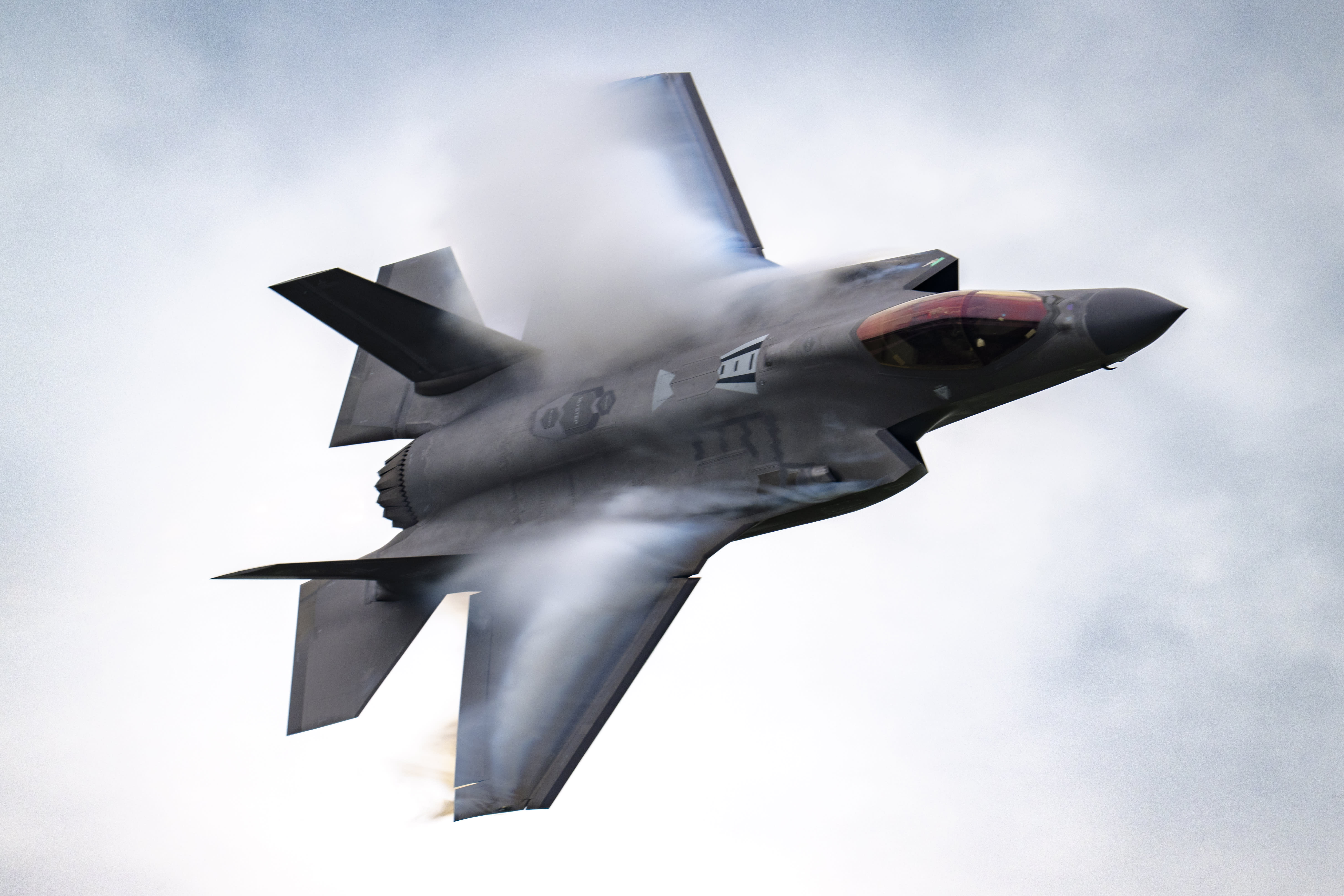Rethinking the Skies: A Radical Proposal to Split the Air Force
 The Tech Times
The Tech Times
The U.S. Air Force, a formidable force in global military operations, is at the center of a provocative proposal that could redefine its structure and mission. The notion of splitting the Air Force into four distinct services might sound revolutionary, yet it echoes a broader call for reform within the Department of Defense (DOD) to enhance organizational clarity and efficiency. This proposal, while bold, is not without precedent, and it invites us to reconsider how military effectiveness can be maximized in an ever-evolving strategic landscape.
The Historical Context of Military Restructuring
Historically, military restructuring is not a novel concept. The most significant transformation in U.S. military history was the National Security Act of 1947, which established the Air Force as a separate branch, distinct from the Army. This decision was driven by the recognition of air power as a critical component of modern warfare, particularly after its pivotal role in World War II.
Fast forward to the present, and we find ourselves at a crossroads once again. The post-Cold War era ushered in an unprecedented technological revolution, prompting military strategists to reassess traditional combat doctrines. Cyber warfare, space operations, and unmanned systems are no longer futuristic concepts but integral to current and future military operations. These domains require specialized focus and resources, potentially justifying a structural bifurcation of the Air Force.
The Case for Splitting the Air Force
Advocates for dividing the Air Force into four services argue that it would lead to specialization, allowing each service to focus on its core competencies. For instance, one could envision separate branches dedicated to air combat, space operations, cyber warfare, and strategic airlift and refueling. Each division would have the autonomy to develop specific doctrines, training programs, and acquisition strategies tailored to its unique operational environment.
This model is not without its challenges. Critics might argue that fragmentation could lead to inter-service rivalry and inefficiencies, as seen in other parts of the DOD. However, proponents suggest that a well-coordinated framework could mitigate these risks, fostering collaboration while maintaining distinct operational focuses.
Implications for Modern Warfare
The potential benefits of such a restructuring are significant. In an age defined by rapid technological advancements and asymmetrical threats, having specialized forces could enhance the U.S. military's ability to respond to diverse challenges. For instance, a dedicated cyber warfare branch could streamline responses to cyber threats, while a space-focused division could advance the U.S.'s capabilities in the increasingly contested domain of space.
Moreover, this move could align with broader defense reform initiatives aimed at reducing redundancy and improving agility. By refining the focus of each service, the DOD could optimize resource allocation and innovation, ensuring that the U.S. remains at the forefront of military technology and strategy.
Conclusion: A Vision for the Future
While the proposal to split the Air Force may seem radical, it offers a visionary approach to addressing the complexities of modern warfare. As the nature of global threats continues to evolve, so too must the structures designed to counter them. This proposal, grounded in historical precedent and strategic foresight, challenges us to rethink our military paradigms and embrace the potential of innovation in defense.
In the end, whether or not this restructuring comes to fruition, it sparks an essential conversation about how best to prepare the U.S. military for the challenges of tomorrow. The future of warfare demands agility, specialization, and a willingness to adapt—principles that this proposal embodies in its call for a transformed and more effective Air Force.
Source: Split to win: Why the Air Force must become 4 services
Subscribe to my newsletter
Read articles from The Tech Times directly inside your inbox. Subscribe to the newsletter, and don't miss out.
Written by
